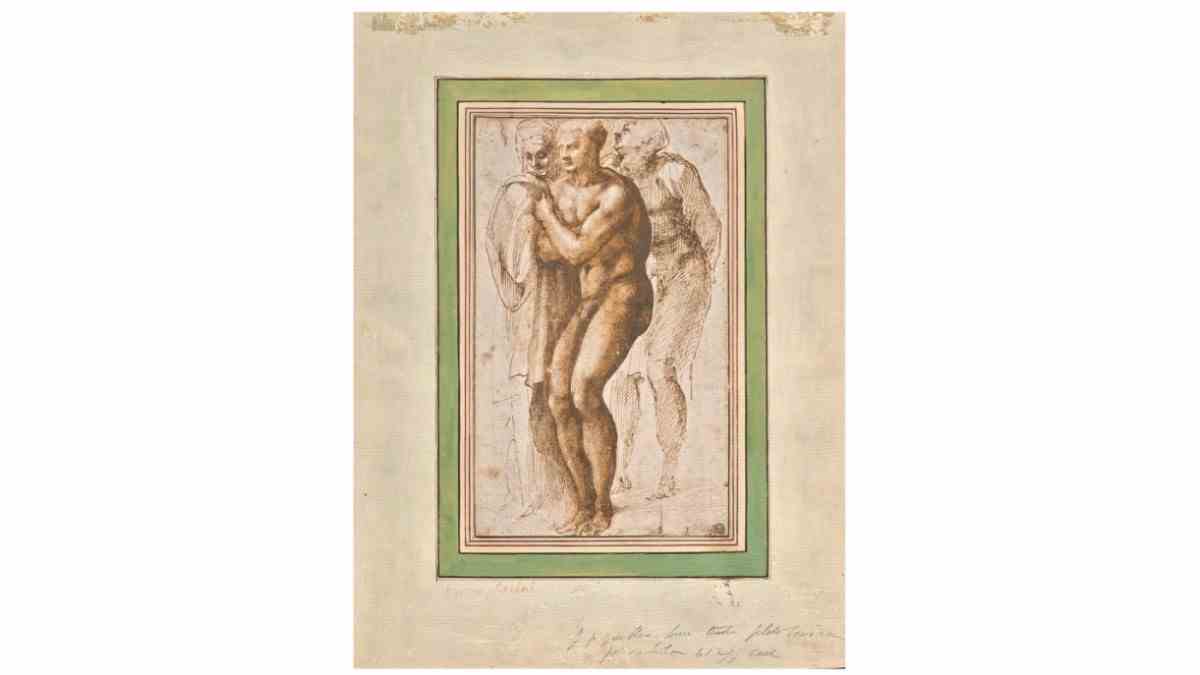She was once a grande dame who demanded respect and admiration and experienced it: connoisseurship. At some point in the 20th century that was over, the grand old lady was left standing on the sidelines because it seems to be possible without her: you can enjoy, look at and buy art even without detailed knowledge; the company has adjusted to it and makes a good living from it.
Only a few art historians are willing to devote their research lives to a single artist or a single technique. There are many reasons for this: If you are too specialized, there are hardly any jobs to choose from. Connoisseurship requires more patience than a science based on output allows. Style, motif and material analysis are no longer taught in detail at every university; The postcard test has also had its day in many places: “How do you date this Madonna sculpture?” In addition, many laypeople no longer regard connoisseurs as great “magicians and miracle workers” (Max J. Friedländer), but rather as somewhat whimsical stall magicians. To which those specialists play their part who thought for a long time that they could do without generally understandable explanations.
It’s teeming with unquestioned new discoveries
Only: If only isolated people know every brushstroke of a painter, every vein in the marble of a sculptor by heart, then the public exchange of arguments dies. Clever salespeople fill this gap. And declare this or that work to be particularly great, unique and, above all, expensive. The few who disagree are reluctant to step into the ring – perhaps because they shy away from the trouble that bad-mouthing of high-priced merchandise can bring, or because they believe that brittle questions of detail are of no interest to anyone anyway.
Such a development has been special for a long time known old masters to observe. It is teeming with unquestioned attributions to well-known artists such as Leonardo da Vinci, Caravaggio and Michelangelo. The latter has had a special posthumous career. His graphic work multiplied after his death, more and more sheets were assigned to him over the years – although it is known that the master had destroyed most of his studies during his lifetime. This means that new discoveries are unlikely. “Having originals of genius at one’s disposal and thus being in a kind of magical connection with the artist has a strong potential for suggestion,” says the art historian Horst Bredekamp in his most recent Michelangelo book, explaining the defiant longing for Michelangelo prints.
Now there is another drawing on the market that used to be considered a student work but is now attributed to Michelangelo. This Wednesday she will Christie’s auction house auctioned. A double-digit million amount is conceivable, a record price. The auction house and numerous media present the matter as if there could be no doubt that this is the oldest known nude study by Michelangelo.
However, the history of the paper’s origins is by no means so well documented that further questions are unnecessary. It can only be traced back to the 18th century and also has the flaw that generations of earlier art connoisseurs who also understood something of it did not pay much attention to the sheet.
Content-related and stylistic arguments must be all the more convincing. The subject speaks for the fact that Michelangelo himself took up the pen here: the main character in the middle of the sheet, the freezing baptized child, is based on a fresco by Masaccio in the Florentine church of Santa Maria del Carmine, and the art writer Giorgio Vasari actually tells the story in 1568, the young Michelangelo conducted studies here on site.
Was Michelangelo young and just didn’t know any better?
However, the drawn baptismal deviates from the model. His bottom seems to be hanging in the air, he has an unsteady stance. There are drawings that are also said to be from this creative period of Michelangelo; these, however, show clothed figures, so hardly allow an anatomical comparison. Nor are all of them recognized unanimously. For example, Alexander Perrig, the best and most rigorous expert on the master’s graphic oeuvre, pointed out in the comparative study in Munich that the draftsman hatched with excessive effort and unnecessary density, i.e. was unsure. This could also be asked about the new sheet: Is this really Michelangelo, known for his precision in strokes? Was he young and just didn’t know any better? Or is the author after all another, clumsy artist? This discussion should be held – and for a potential buyer it would be better if it had already been held.
“Of course, if authentic, the drawing would be a real enrichment,” says Michelangelo expert Frank Zöllner about the new sheet. Christie’s and the connoisseurs consulted by the auction house formulate it decidedly more clearly, they acclaim Michelangelo’s first nude drawing, which is said to herald his later creations such as the David statue and the paintings in the Sistine Chapel.
The longing for the unbroken, never insecure genius remains great and dear.

